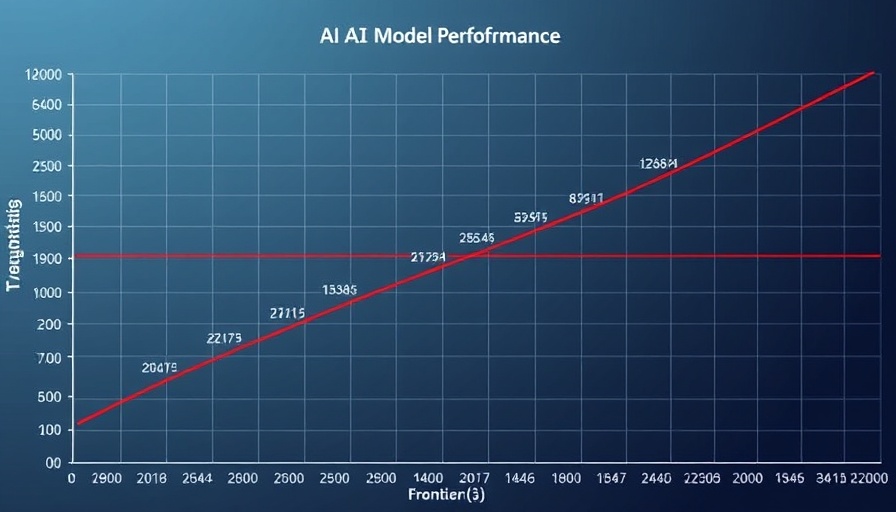
Understanding the Rise of AI Agents: How They Differ from Traditional Systems
The advancement of artificial intelligence (AI) has led to a significant evolution in automated systems, with the emergence of AI agents marking a pivotal shift from traditional AI models. Unlike conventional systems that merely process information and generate outputs, AI agents are designed to think, learn, and act independently. This article dissects the core distinctions and transformative implications of AI agents compared to traditional AI systems.
From Passive Responders to Proactive Thinkers
Traditional AI operates through a straightforward input-output mechanism. For instance, if a user prompts a traditional AI to suggest travel destinations, it retrieves data from its training and provides a list. However, the user remains responsible for executing any plans. In contrast, AI agents not only generate suggestions but can also autonomously plan entire trips by booking flights and accommodations. They leverage real-time data to perform tasks that save users significant time.
The Capabilities Behind AI Agents: Switching Gears in Efficiency
AI agents are characterized by their autonomous decision-making, adaptability, and complex problem-solving capabilities. They outperform traditional AI in several key areas:
- Real-Time Adaptability: AI agents continuously learn from interactions, refining their actions based on previous outcomes. This flexibility enables them to handle dynamic changes efficiently.
- Integration with External Systems: Equipped to connect with various tools and databases, these agents can access and utilize external information seamlessly, enhancing operational efficiency.
- Complex Problem-Solving: AI agents tackle multi-faceted challenges by analyzing vast datasets before making informed decisions autonomously, surpassing traditional systems, which often lack this adaptability.
Destination Automation: Real-World Applications of AI Agents
Across different sectors, AI agents are reshaping processes. In healthcare, for example, AI agents utilize predictive analytics to identify patient outcomes, allowing for personalized treatments. In finance, they are employed to monitor real-time transactions for fraud detection and perform algorithmic trading based on current market conditions.
The Challenges and Future of Autonomous Systems
Despite their advantages, challenges loom on the path toward full-scale implementation of AI agents:
- Data Quality: The efficacy of AI agents hinges on high-quality data. Poor-quality datasets result in inaccuracies and bias, necessitating robust data management practices.
- Ethical Concerns: As AI agents take on more decision-making roles, issues surrounding data privacy and job displacement raise critical ethical discussions. The push for transparent and fair systems has never been more vital.
Nonetheless, the horizon is bright. Advancements in machine learning and the development of customizable frameworks like AutoGPT and BabyAGI signify a promising future. By early 2024, we may witness a surge of widely-used AI companions, evolving the dynamics of how humans and technology interact.
Transforming the Paradigms of Functionality
The conversation is shifting toward recognizing AI agents as essential components of everyday processes. By incorporating adaptive learning and autonomous decision-making capabilities, they are expected to change the way sectors operate. Business automation, customer service enhancements, and innovative solutions to complex tasks reflect a vast potential for efficiency improvements.
As we venture into an AI-centric future, understanding the distinctions between AI agents and traditional models is crucial for both companies and individuals. Engaging with AI agents prepares us for a world where not only do machines think, but they also take initiative and drive progress.
To harness the full potential of AI agents, organizations are encouraged to invest in system integration and refinement. Those who adapt while prioritizing ethical standards will likely lead the technological revolution and bridge to a more efficient, automated future.
 Add Row
Add Row  Add
Add 




 Add Row
Add Row  Add
Add 

Write A Comment